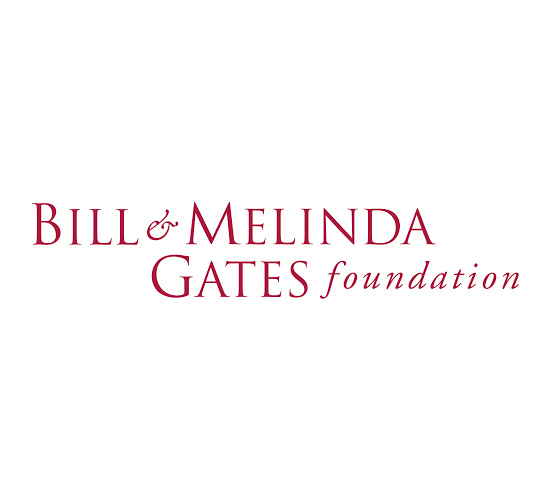By D. Kevin McNeir
Special to the AFRO
When it comes to economic concepts like supply and demand, even the president has little or no control over the cost of essentials like food, housing or, as this report addresses, utilities.

Those who live in the Washington, D.C. and Baltimore areas are aware that it’s been a very cold winter so far. According to recent weather reports, January specifically recorded lower temperatures compared to historical averages. Both cities also experienced more snow than usual, although it remains to be seen if this year’s winter season will surpass average rates.
The AFRO spoke with BGE’s senior manager for communications, Nick Alexopulos and asked him to address three critical questions that have many of the public utility’s customers understandably concerned: why are energy bills higher in colder months; what can customers do to use less energy in cold winter months; and what should customers do if they are struggling to afford and pay their bill?
Why are energy bills higher in colder winter months?
- Heating homes accounts for more than 40 percent of all energy consumption in the residential sector. This seasonal increase in energy use is reflected in winter energy bills.
- Using more energy drives up variable costs that customers pay per kilowatt hour (kWh, how electricity is measured) or per therm (how gas is measured).
- Variable costs include Electric and/or Gas Supply, Distribution Charge, and the EmPower Charge.
What can customers do to use less energy in cold winter months?
- Schedule service for heating systems to keep them operating efficiently.
- Lower the water heater temperature.
- Lower thermostats to a level that is still safe and comfortable.
- Keep the vents for natural gas appliances clear so they work properly.
- Monitor energy usage via BGE My Account.
What should customers do if they are struggling to afford their bill?
Thankfully, the state of Maryland, BGE, and other organizations offer additional assistance options for customers who need it most. Information and resources are available at bge.com/heretohelp. This includes:
- BGE’s self-service Assistance Finder, which empowers customers to take control of their bills and usage through simple and personalized recommendations.
- Financial assistance information for support through state programs and the Fuel Fund of Maryland.
- Payment arrangement and due-date extension eligibility information and program details.
- Budget billing information for customers who prefer a predictable monthly bill be spreading energy costs throughout the year.

Alexopulos also commented on the differences between the supply and delivery sections of a customer’s bill. He emphasized that while customers will see spikes in their bills as rate increases beginning Jan. 1 stay in effect for the next six months, the amount of energy a customer uses will have the most significant impact on how much or little one’s bill will rise.
Understanding the supply section of your bill
- Supply is the actual amount of gas and/or electricity used.
- Supply is a variable cost based on a customer’s energy use and the price of electricity and/or gas.
- Gas and electricity prices are set in energy markets (these prices are not controlled or set by BGE).
- For customers who don’t purchase their energy from a third-party supplier (most customers), BGE procures supply and passes the cost to customers.
- Easier way to explain this: ultimately, customers are paying natural gas producers and electricity generators—not BGE—for energy supply.
- The price of natural gas is 30 percent higher in January 2025 than it was in January 2024.
Understanding the delivery section of your bill
- Customer Charge (fixed cost) and Distribution Charge (variable cost) are “BGE rates” – which pay for the work done to ensure safe and reliable gas and electric service for customers. BGE rates are reviewed and approved (i.e., regulated) by the Maryland Public Service Commission.
- EmPower MD Charge (variable cost) is based on State of Maryland policy. It funds customer energy efficiency programs. BGE does not control or set this charge.
Finally, Alexopulos shared thoughts on an opinion piece written by Ryan Coleman, president of the Randallstown branch of the NAACP, last September, and published by the AFRO.
“The writer expressed concerns that BGE’s multi-year plan was responsible for higher bills and that it was not transparent,” Alexopulos said. “But that’s inaccurate. BGE used to decide what work needed to be done, did it, and then went to the Public Service Commission who reviewed what we had done and then set a return on equity.”
“But with the multi-year plan, the work we plan to do is reviewed in advance by anyone who wants to review it. Parties are invited to come in, then the Commission sets a return on equity. After the work is done, it’s reviewed again. So, it’s reviewed twice. We see that as being more transparent than in the past,” he said.
The post BGE addresses increases in customer bills, suggests resources for those who need assistance appeared first on AFRO American Newspapers.











